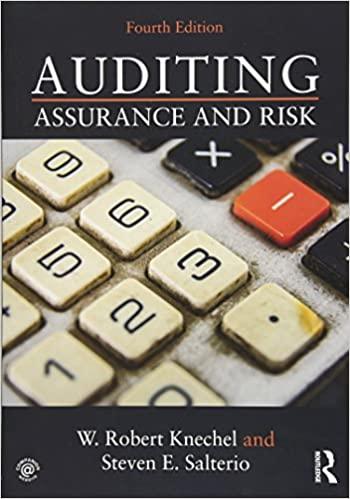Question
Financial statements for Baird Company follow. BAIRD COMPANYBalance Sheets As of December 31Year 4Year 3AssetsCurrent assetsCash$ 17,000$ 13,000Marketable securities20,2006,200Accounts receivable (net)43,00035,000Inventories128,000136,000Prepaid items27,00012,000Total current assets235,200202,200Investments32,00025,000Plant (net)265,000250,000Land28,00023,000Total
Financial statements for Baird Company follow.
BAIRD COMPANYBalance Sheets As of December 31Year 4Year 3AssetsCurrent assetsCash$ 17,000$ 13,000Marketable securities20,2006,200Accounts receivable (net)43,00035,000Inventories128,000136,000Prepaid items27,00012,000Total current assets235,200202,200Investments32,00025,000Plant (net)265,000250,000Land28,00023,000Total assets$ 560,200$ 500,200Liabilities and Stockholders EquityLiabilitiesCurrent liabilitiesNotes payable$ 18,800$ 12,500Accounts payable113,800100,000Salaries payable23,00017,000Total current liabilities155,600129,500Noncurrent liabilitiesBonds payable120,000120,000Other26,00021,000Total noncurrent liabilities146,000141,000Total liabilities301,600270,500Stockholders equityPreferred stock, (par value $10, 4% cumulative, non-participating; 7,000 shares authorized and issued)70,00070,000Common stock (no par; 50,000 shares authorized; 10,000 shares issued)70,00070,000Retained earnings118,60089,700Total stockholders equity258,600229,700Total liabilities and stockholders equity$ 560,200$ 500,200BAIRD COMPANYStatements of Income and Retained Earnings For the Years Ended December 31Year 4Year 3RevenuesSales (net)$ 250,000$ 230,000Other revenues8,4005,400Total revenues258,400235,400ExpensesCost of goods sold125,000109,000Selling, general, and administrative57,00052,000Interest expense8,6007,800Income tax expense33,00032,000Total expenses223,600200,800Net earnings (net income)34,80034,600Retained earnings, January 189,70061,000Less: Preferred stock dividends2,8002,800Common stock dividends3,1003,100Retained earnings, December 31$ 118,600$ 89,700Required
Calculate the following ratios for Year 4 and Year 3. Since Year 2 numbers are not presented do not use averages when calculating the ratios for Year 3. Instead, use the number presented on the Year 3 balance sheet. Note: Round ratio answers to 2 decimal places unless otherwise indicated.
- Working capital.
- Current ratio.
- Quick ratio.
- Receivables turnover (beginning receivables at January 1, Year 3, were $36,000).
- Average days to collect accounts receivable.
Note: Use 365 days in a year. Round your intermediate calculations to 2 decimal places and your final answers to the nearest whole number.
- Inventory turnover (beginning inventory at January 1, Year 3, was $142,000).
- Number of days to sell inventory.
Note: Use 365 days in a year. Round your intermediate calculations to 2 decimal places and your final answers to the nearest whole number.
- Debt-to-assets ratio.
Note: Round your answers to the nearest whole percent.
- Debt-to-equity ratio.
- Number of times interest was earned.
- Plant assets to long-term debt.
- Net margin.
- Turnover of assets (average total assets in Year 3 is $500,200).
- Return on investment (average total assets in Year 3 is $500,200).
- Return on equity (average stockholders' equity in Year 3 is $229,700).
- Earnings per share (total shares outstanding is unchanged).
- Book value per share of common stock.
- Price-earnings ratio (market price per share: Year 3, $11.85; Year 4, $12.70).
Note: Round your intermediate calculations and final answer to 2 decimal places.
- Dividend yield on common stock.
Step by Step Solution
There are 3 Steps involved in it
Step: 1

Get Instant Access to Expert-Tailored Solutions
See step-by-step solutions with expert insights and AI powered tools for academic success
Step: 2

Step: 3

Ace Your Homework with AI
Get the answers you need in no time with our AI-driven, step-by-step assistance
Get Started


